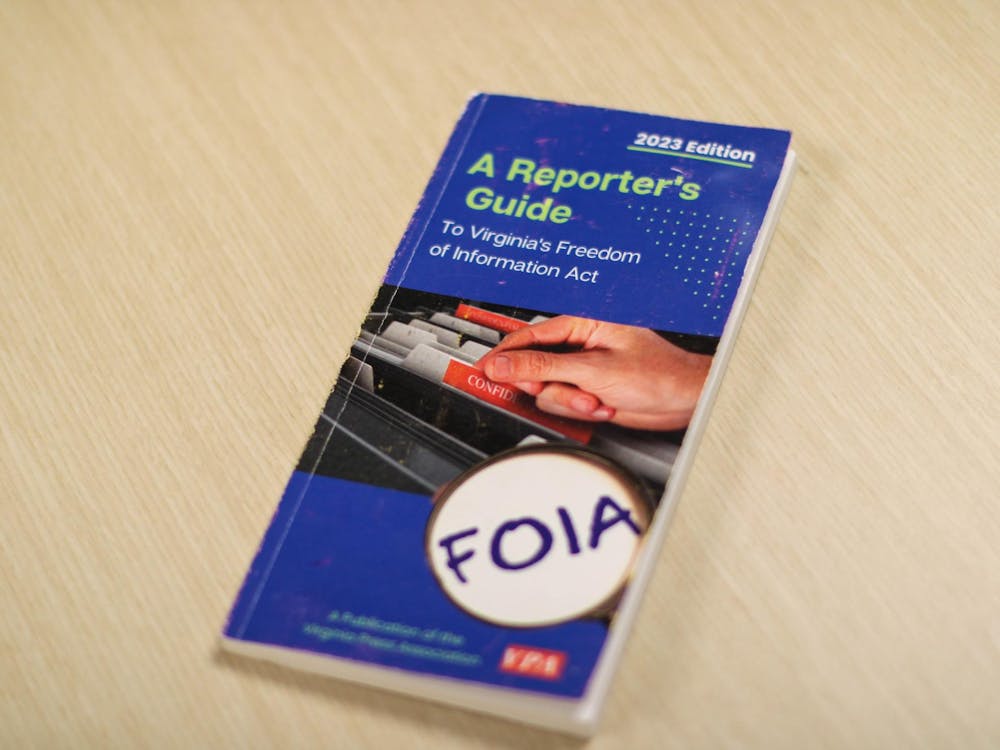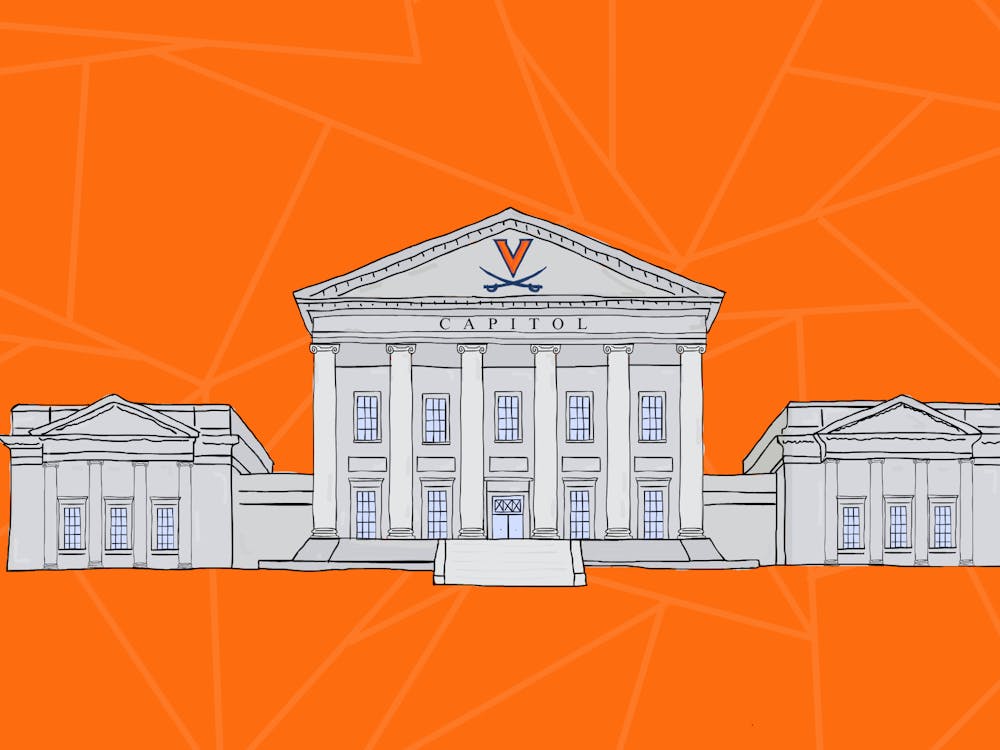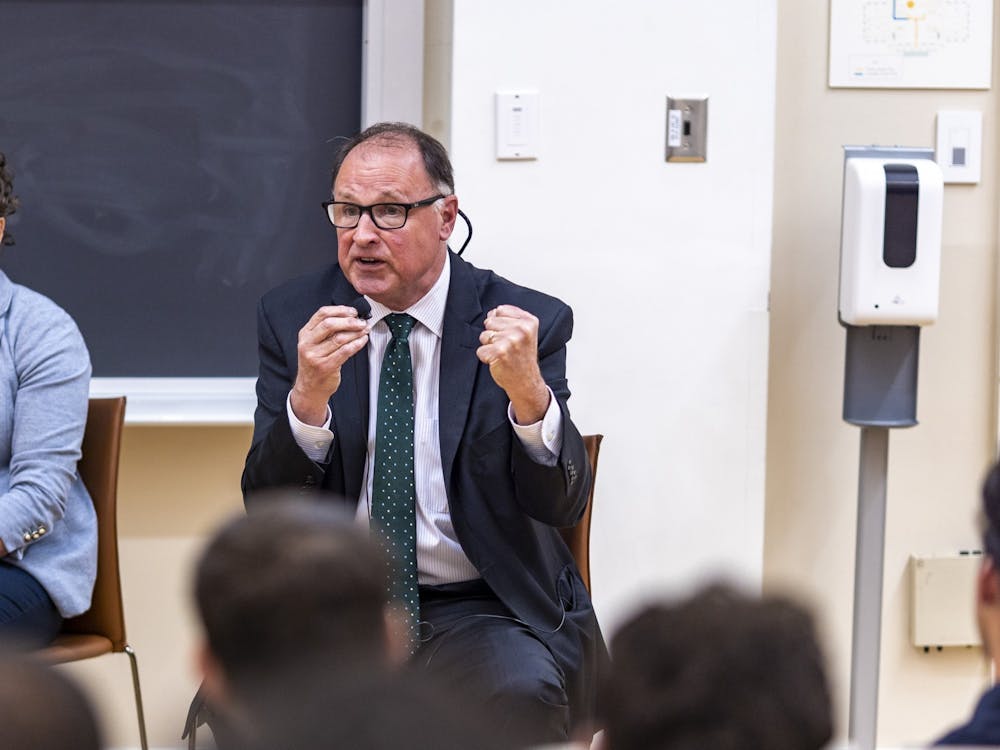U.Va. Health has purchased Oak Lawn — a historic home in Fifeville — along with its accompanying five acres of land. The purchase, which is part of an ongoing effort to improve the accessibility of medical treatment in disadvantaged neighborhoods across Charlottesville, was announced in a press release by U.Va. Health on Oct.18. Oak Lawn is located at the intersection of 9th Street Southwest and Cherry Avenue.
The Oak Lawn home, which was built in 1822 by a carpenter who also worked on Monticello and the Academical Village, is on the National Registry of Historic Places and was owned by the Fife family from 1847 until the recent sale. While U.Va. Health is tentatively considering using it as a childcare space, a space for wellness check-ups or a community center for health education, the University will be conferring with local residents before reaching a final decision on the matter, according to the press release.
Dr. Tracy M. Downs, U.Va. Health’s chief diversity and community engagement officer, said U.Va. Health uses a metric known as the Area Deprivation Index — which measures factors such as education, income and food insecurity — to decide which neighborhoods to expand their operations in. As of 2021, the Fifeville neighborhood scored a seven on the 10-point scale of the Area Deprivation Index, with one being the most advantaged and 10 the least.
“Our methodology [in choosing areas to support] is to identify neighborhoods that [are] the most under-resourced,” Downs said of the selection process. “When we looked at a heat map, so to speak, at a census level around our neighborhoods, Fifeville…stood out.”
The Public Health Working Group — a group of University administrators aiming to promote greater coordination between the greater Charlottesville community and U.Va. Health — provided recommendations for addressing the significance of Charlottesville’s ADI in determining whether a community is in need of additional venues of healthcare.
The Public Health Working Group’s Recommendation covers how living in an underserved neighborhood may be linked to numerous negative healthcare outcomes. These can include anything from higher rates of diabetes or cardiovascular disease to poor mental health and even earlier death. According to the report, if the specific needs and disadvantages of a given community are not taken into consideration when forming new healthcare policies, they may be ineffective.
To combat the creation of ineffective policies and create a more comprehensive approach to community wellness, Downs said that partnering with local organizations and engaging in active listening with local residents is integral to establishing a rapport. Additionally, the partnership can allow residents easier access to healthcare options in their neighborhood.
“There are a lot of really dynamic programs throughout the state that U.Va. already partakes in that really eliminates barriers, so that…they can protect our most vulnerable moments,” Downs said. “Whether you're pregnant and in that phase of your life or you’re a young child, we don't want to put up walls so that people can't get care.”
Currently, U.Va. Health offers twice-a-month blood pressure and blood sugar checkups at the community health station at Abundant Life Ministries, which is located near central Grounds in the Prospect neighborhood.
According to Downs, bringing healthcare to communities rather than expecting communities to come to them has been a mission of U.Va. Health since he joined in 2021. He also said the program is in the process of acquiring a mobile health van to more easily access Fifeville, Southwood and other neighborhoods that may not have established clinics.
Downs said he hopes to see these efforts continued and expanded upon by way of the Oak Lawn property. He listed the Boys and Girls Club, Clinicians of Color and Charlottesville Neighborhood Health Association as a few of the organizations that U.Va. Health will partner with to determine how Oak Lawn can best serve the Fifeville community. Additionally, Downs said that churches and other faith-based organizations have acted as liaisons to connect U.Va. Health to Charlottesville communities.
“They’ve just been that lighthouse in the communities,” Downs said of religious groups in the area. “We’re excited about hopefully what we’ll be able to do in partnership with the community and bringing what they think would be of value.”
Members of the Charlottesville community with suggestions about what the property might be used for are asked to tweet @uvahealthnews on X, formerly Twitter, with their feedback.







